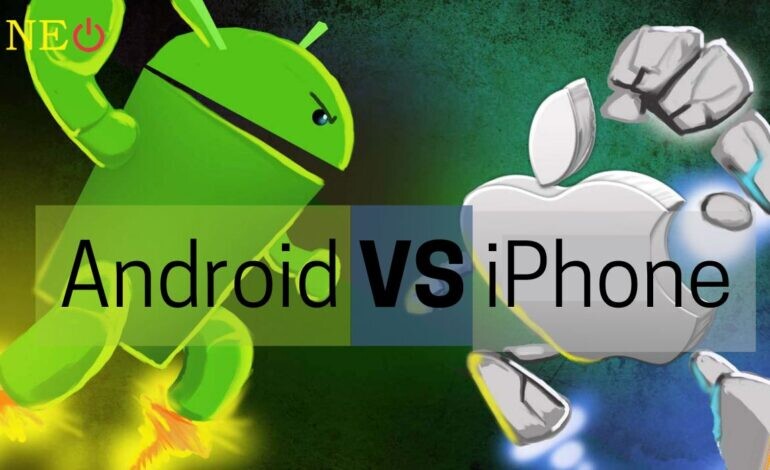Knowing which specifications and features are most essential to you is necessary to rationally choose between iPhone and Android handsets. Here is the information you require to choose wisely.
We often advise sticking with the same platform that your current phone runs on when purchasing a new phone. Switching at least requires getting used to a new interface's eccentricities and runs the risk of removing access to previously purchased programmes, app-specific data, or even photo and data services. But if you're thinking about switching, we have some knowledge on the actual differences between iOS and Android, gathered by using smartphones and tablets on both platforms for thousands of hours.
1. Ease of use
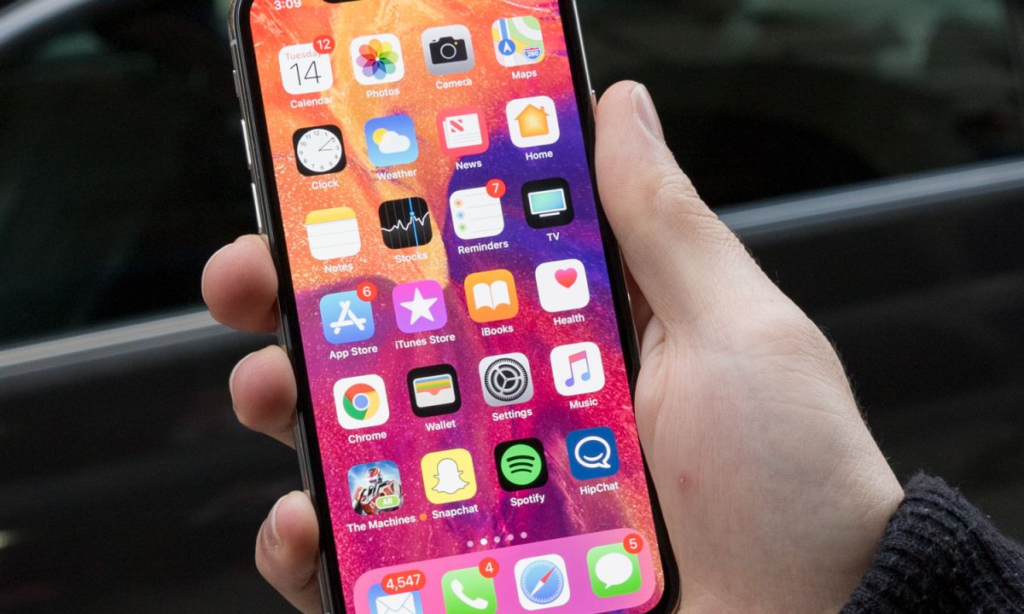

Apple products "simply work," as people are fond of saying. The iOS interface is undoubtedly simple to use. But the Android user interface is also. Actually, you won't have any trouble using either if you can use one.
Yes, the iPhone dominated Windows Mobile and Nokia Symbian phones when it first debuted, and it still does today. It was then. Right now.
All phone interfaces today are more user-friendly and superior than they were back then. Control seems to be the main distinction. Compared to Apple phones, Android smartphones allow you a lot more control over your device and its applications. Control is what I enjoy.
2. Fit, finish, and price
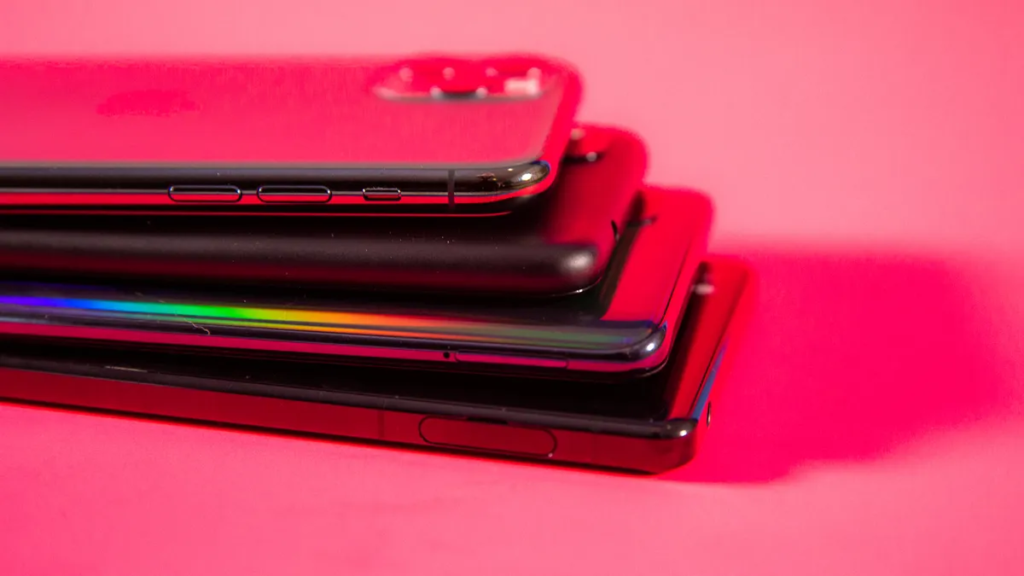

Some are just as appealing as the iPhone 13, including the top-tier Samsung S22+ and the Google Pixel 6 Pro. Apple ensures that iPhones have excellent fit and finish by overseeing every stage of the production process. But so do the leading producers of Android smartphones. However, some Android smartphones are merely unsightly.
This is partly because Apple only produces high-end smartphones. A inexpensive iPhone will never exist. Your only option is to purchase a secondhand iPhone if you don't want to spend top dollar for one.
Decent Android phones can go for less than $300. They may not be the most handsome phones, but they look the same inside a case and do the job at a fraction of the price of an iPhone.
3. Closed vs. open systems
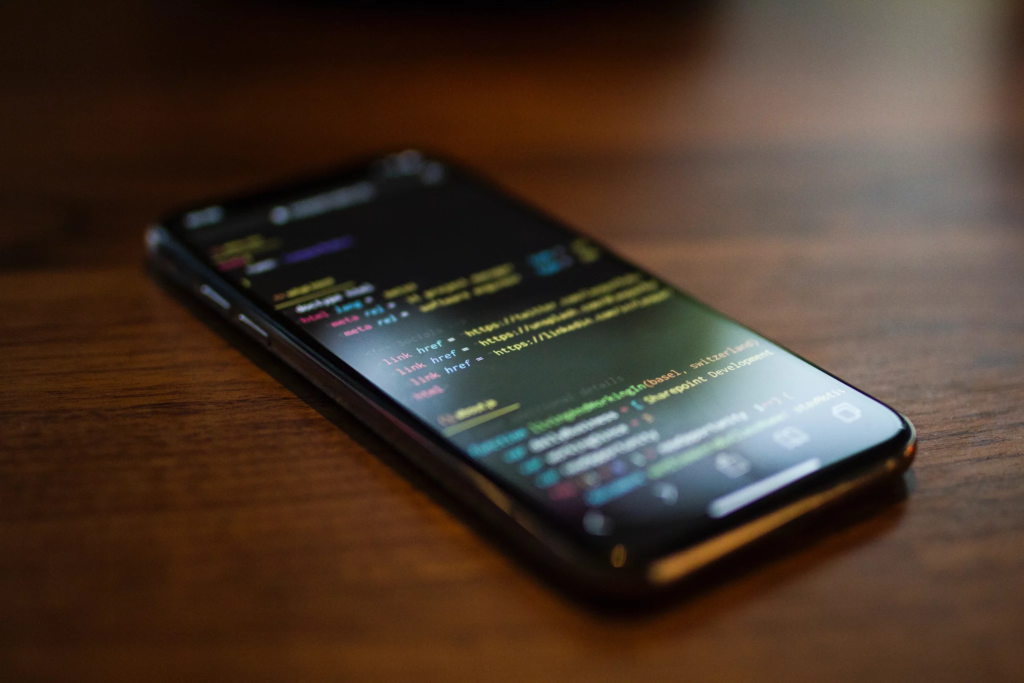

The iPhone remains as proprietary as ever. If you don’t want anything in your pocket that you can’t buy from Apple, fine. But keep in mind that you will always and forever be locked into the Apple software ecosystem as long as you own an iPhone. So, when Apple fights with Epic, makers of the popular Fortnite game, over how to pay for the game, your ability to buy or play that game is sharply limited.
Android is open-source software. It's also far more accepting of alternative applications.
Also, Apple doesn't port its applications to Android and likely never will. The biggest, and most annoying of these iPhone-specific apps is iMessage. My friends that use it, swear by it. But it has one big, annoying problem. It is incompatible with other messaging systems. Yes, you can send SMS messages to Android texting apps, but you lose a lot of features that people love in the translation.
4. AI and voice assistants
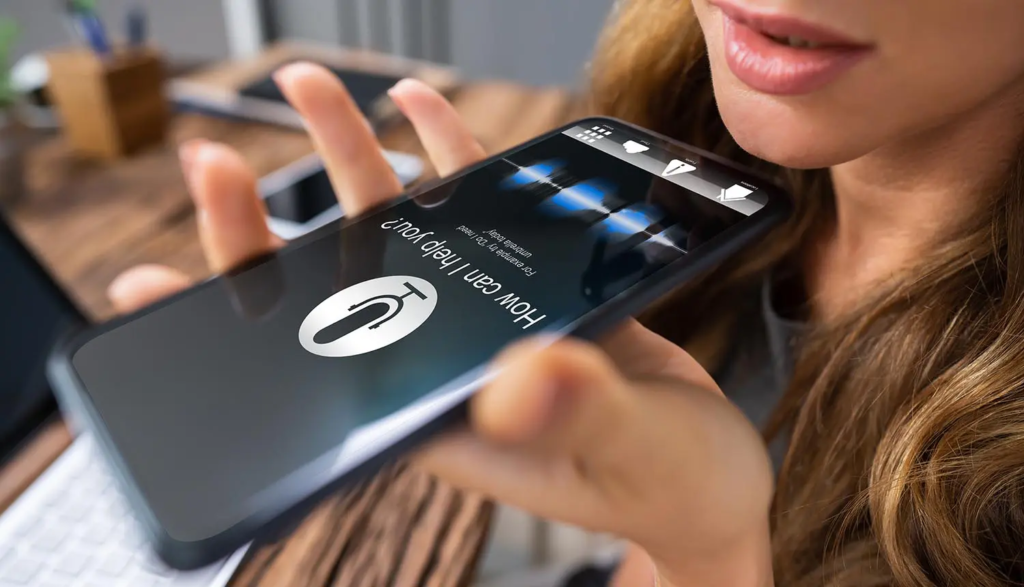

There is no contest between Google Assistant and Siri when it comes to victory: Google Assistant wins by a wide margin.
More than just a great voice interface for Google search, Google Assistant is a powerful tool. Google Assistant can simplify your life if you use Google products like Google Calendar and Google Maps. Let's say you have a lunch meeting downtown and the traffic is terrible. When Google Assistant determines that you must leave early to make your appointment, it will let you know in advance. That's awesome.
Despite being the first on the market, Siri is still quite simple. Although it works well for answering inquiries, it is not a very clever AI helper.
5. Timely updates


When it comes to software updates, on the other hand, that’s an area where Apple beats Android hollow. When Apple releases a new update or patch, all phones — those that are still supported, anyway — get it. With Android phones…, it’s a matter of praying and hoping for the best.
That’s because, unlike with the iPhone, where every detail is under Apple’s control, Google supplies the base operating system and some bundled programs, and it’s up to the phone manufacturer to deliver the upgrades and patches. With high-end phones, chances are good that you’ll get the patches in a timely fashion. But with many of the other Android smartphones, odds are you’ll never even see a security patch.
6. Security


When it comes to security, it’s not so much that Android has problems, it’s that Google is more lax than Apple about what applications it allows into its app store. The best way to keep malware off your Android gadget is to only get apps from the Google Play store. Even so, Google reports that 0.16% of all apps contain malware.
If you’re an iPhone user, don’t get too cocky, though. There is iPhone malware out there just waiting for an overconfident user to download.
Generally speaking, iPhones are inherently more secure. If, that is, you think you can trust Apple with your privacy. While Google gets a lot of grief for not being trustworthy with personal data, not everyone finds Apple trustworthy either. For instance, Apple recently admitted that iOS 15 recorded users' Siri conversations in some cases.
7. Peripherals
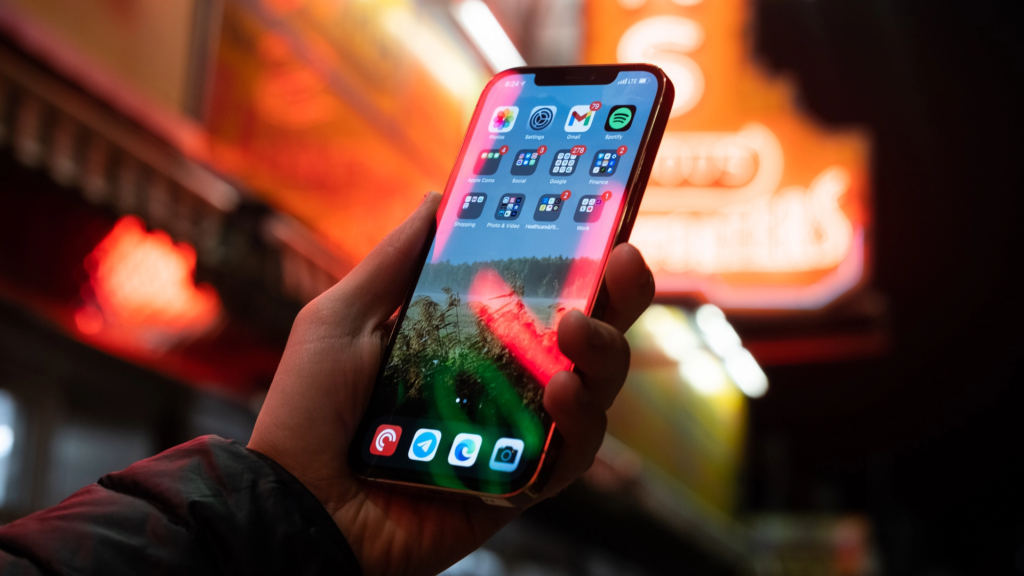

I'm not sure about you, but I frequently attach my phones to other devices. In this case, Android is superior. Since all Android devices have standard USB ports, you can connect a wide variety of devices to your phone. You need a device that can connect to the iPhone's exclusive Lightning port.
Another benefit of Android is that USB gadgets and cables are less expensive than their Lightning-port-using siblings. I might be a dinosaur, but I like cell phones with a headphone jack. I feel that losing costly AirPods is all too simple. Therefore, I'll always choose for a reliable, affordable wired headset.
8. Battery life and charging


Battery life is hard to judge because Android phone models are so different from one another. In my experience, largely with Samsung, Google, and Motorola phones, Android phones don’t need to be recharged as often as iPhones. Your charging may vary, so let’s call this a draw, depending on the phone in hand and how you use it.
9. Cloud integration


No matter if I'm attempting to utilise Apple's iCloud on an iPhone or a Mac, it continues to be a huge hassle for me. It always goes wrong. I'm not the only one having issues with iCloud, either.
On the other hand, Android is closely connected with Google's programmes and services. I frequently use Google apps for both business and play. Android is without a doubt the best platform for integrating with the cloud.
10. Video conferencing
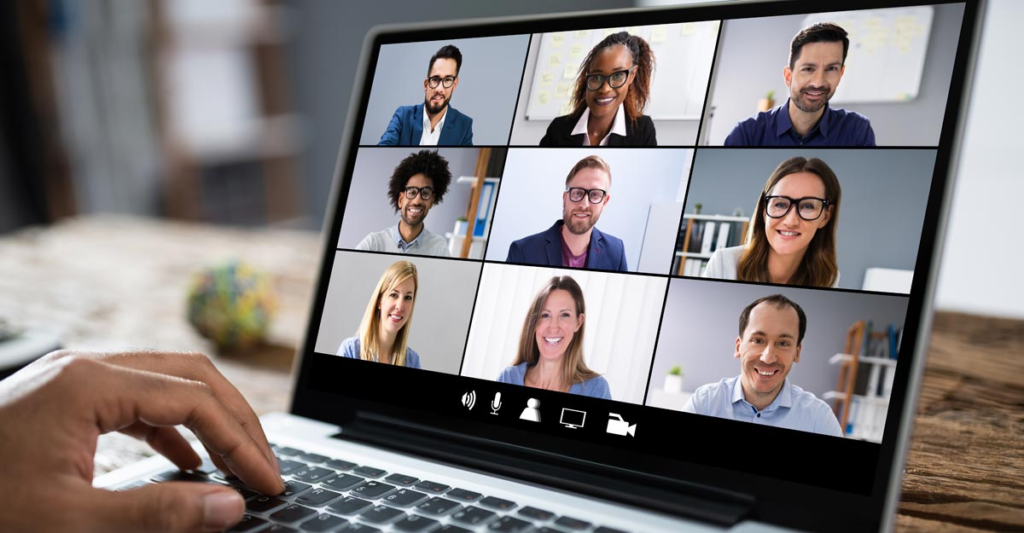

Google can’t seem to make up its mind about its voice, video, and IM applications. Currently, its main communications programs are Google Hangouts and Google Meet. I like them a lot and use them almost as much as I do Zoom.
With iPhones, it’s Facetime, period. Facetime is a great videoconferencing program. I wish it ran on more than just Apple platforms. But if your whole family or workgroup is using Apple, you’re good to go. However, if grandma uses an Android phone, she's be out of luck. I am a big believer that a communication program’s first job is to, well, communicate. Anything that gets in the way of that is a non-starter.
11. Cameras
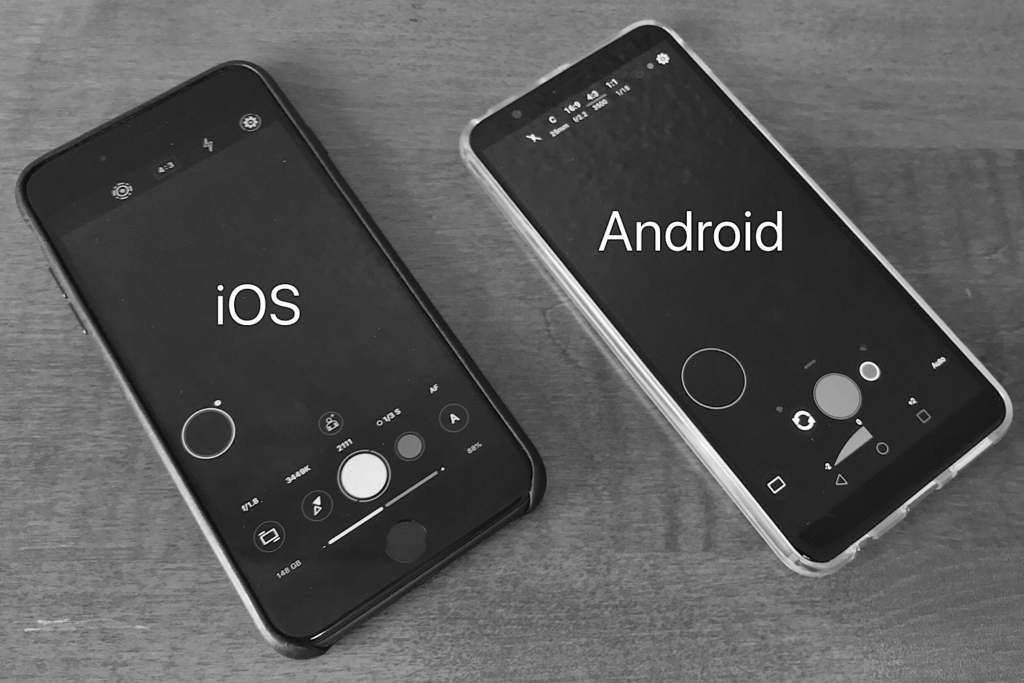

Although I'm not an expert in cameras, I know several who are. All three of today's top smartphone cameras were put to the test by Andrew Hoyle, my go-to colleague on topic. The Galaxy S22 Ultra Camera, he discovered, outperformed both the Pixel 6 Pro and the iPhone 13 Pro. Samsung's 10x optical zoom is unbeatable.
12. Software choice


Once upon a time, you could argue that there were better apps in one app store than the other. These days, it's pretty much a tie. Besides, with almost 3.5 million apps on the Google Play store and 2.2 million on the Apple App Store, it's not like you're ever going to run out of apps to play with.
13. 5G and beyond


Until recently, there's been little reason to upgrade to 5G. For all the hype, there wasn't enough 5G around to make it worth getting a 5G-compatible phone. That's changed. Today, there's finally enough 5G available to make buying a 5G phone worth your money.
14. Price


It's simple: iPhones cost a lot of money. The third-generation iPhone SE's starting price is $429. Not considering status symbols like the $48.5 million Falcon Supernova iPhone 6 Pink Diamond Edition, the iPhone 13 Pro Max tops out at $1,599 with all the bells and whistles (including a 1TB drive). Even without a pink diamond, that is a little too much.
On the other hand, the Pixel 6 Pro, the top model in the Google Pixel line, costs $1,099. The most expensive Samsung Galaxy S22 Ultra will cost $1,299 to purchase. However, you can get a perfectly good Android phone for much less money.
In theory, people are willing to pay a premium for an iPhone. A recent study found, “87% of teens own an iPhone, and 88% expect an iPhone to be their next phone.” You'll excuse me, though, if I think most of the teens they interviewed were lying. They may want iPhones because they're "cool," but wanting and being able to afford are two very different things.


